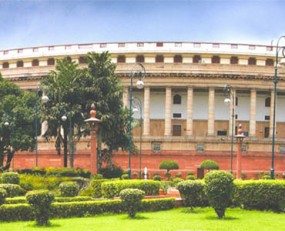
Transport infrastructure has been a brake on India’s economic potential for several decades. In particular its road network has been inadequate to support its industrial ambitions. The air transport and ports sectors have developed markedly over the past five years and now offer India the capability of integrating in the global economy, but roads are still an issue.
A key policy of Narendra Modi on becoming the country’s prime minister was an expansion of the road building programme. In 2017 his government outlined a plan to build 83,000 km of road in five years at an estimated price equivalent to $108bn. It renewed this promise in 2019, saying that it would build 60,000 km in the next 5 years. Whilst a large number of roads have been built, the programme has had difficulties. On Monday, Narendra Modi’s government wrote to India’s National Highways Authority, which is responsible for major national roads, asking it to stop commencing new projects. The problem appears that the Highways Authority has run out of cash. The roadbuilding programme depended on a mix of tolls, private funding and direct government support to fund the expansion but this structure has been mismanaged and has to be reorganised, prompting the intervention of the Government. This situation is not helped by the vulnerability of India’s present fiscal position, with government spending heavily in deficit.
Yet the problems of short-term financing should not distract from the longer-term implications of road building in India. The level of activity in the country is high. In 2018 9,829 km of roads were built although around half of these were lower-grade highways in rural areas. The effect has been to make the country one of the World’s largest markets for construction equipment. The endeavour is not yet comparable in size to the road building initiatives in China over the past twenty-five years but it may approach this if the quantity of road built continues to grow. Not only will this stimulate the Indian economy directly but should make logistics into and around India more economically viable than it is at present, triggering increase foreign investment.
Presumably this will also lead India to develop the sort of advanced road freight transport sector seen in other large economies. It may become one of the world’s largest road freight markets.
Source: Transport Intelligence, September 5, 2019
Author: Thomas Cullen